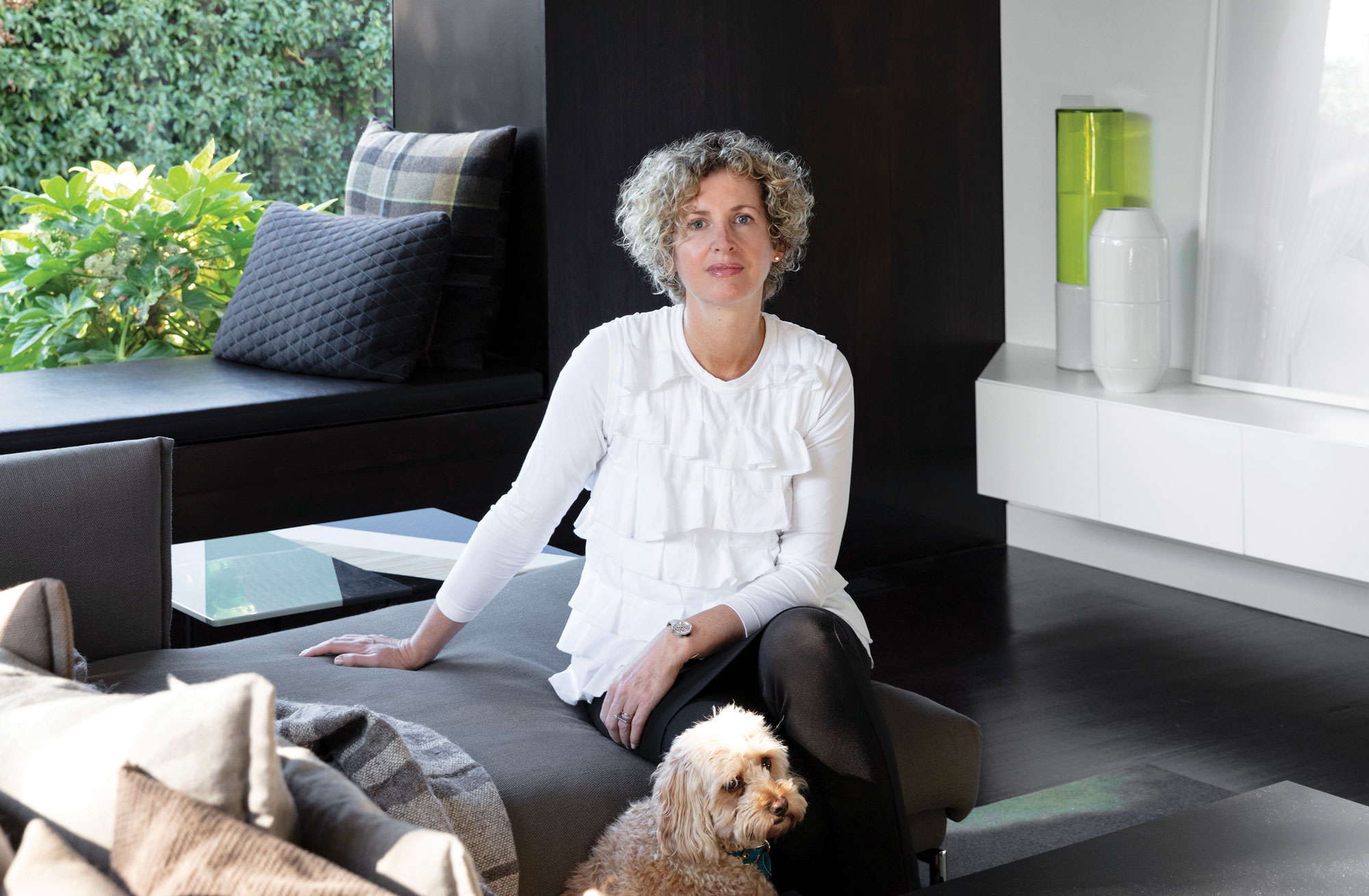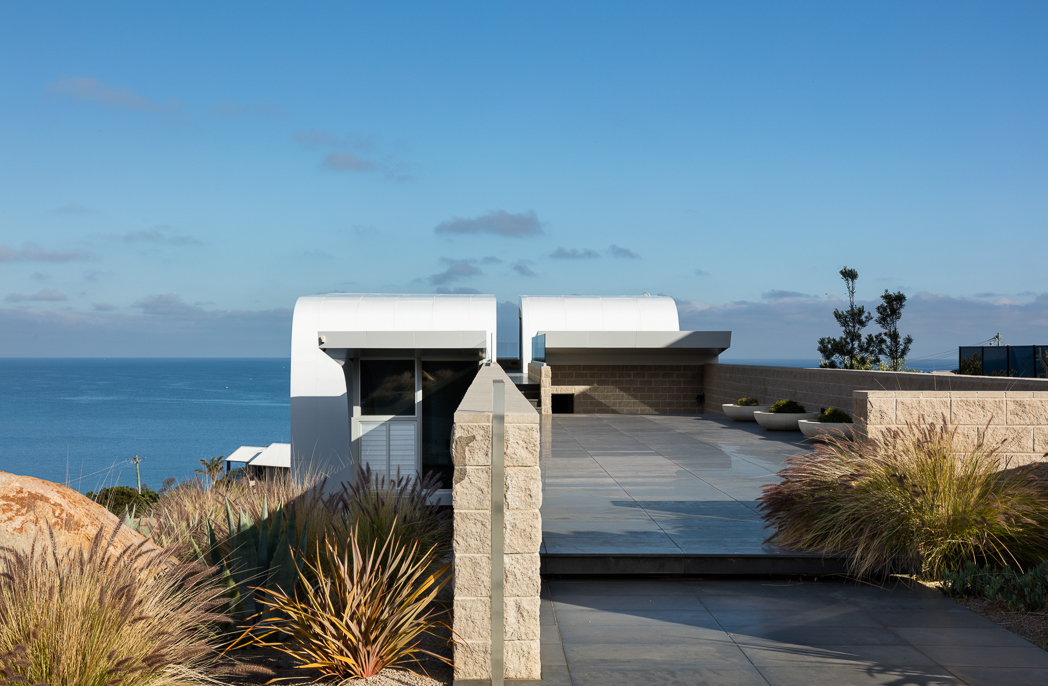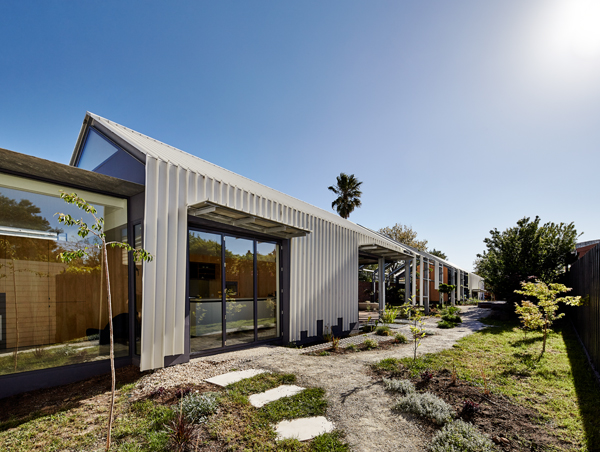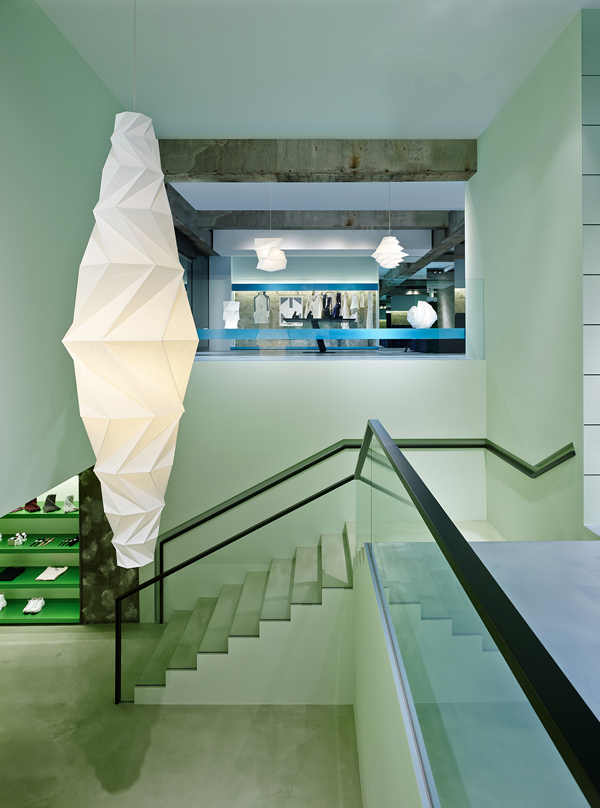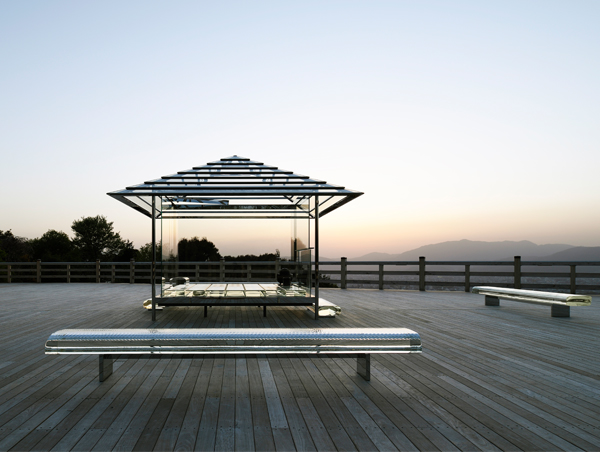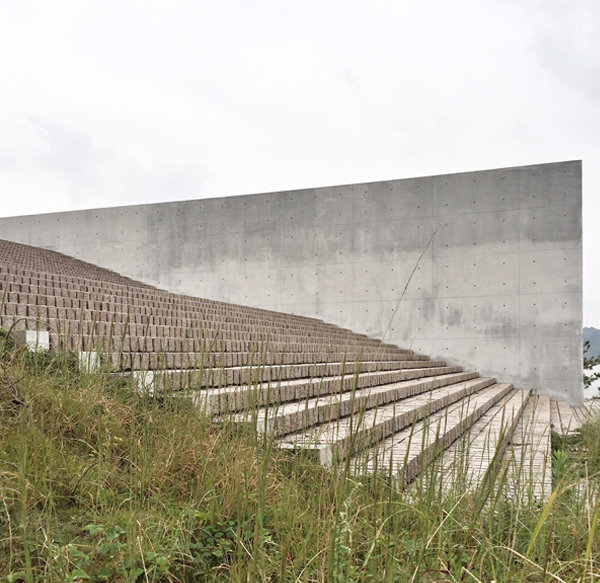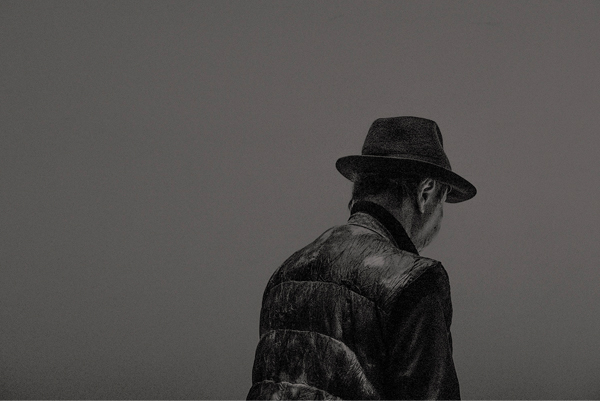
Tokyo: design inspiration
Tokyo: design inspiration
Share
The Institute of Contemporary Arts (ICA) in London is a long way from Roppongi Hills in Tokyo, but as Mark Dytham narrated his 20 snapshots of the Japanese capital in 2004, you felt as if you were right there in the back of a cab with him. Dytham was premiering the British leg of the much-famed PechaKucha series, which he launched in 2003 with partner Astrid Klein. The format is simple: 20 images, shown for 20 seconds each and described by the presenter. Initially conceived as an exchange of ideas and experiences between the pair and their studio, Klein Dytham Architecture, it has developed somewhat a cult following, with events taking place around the world. PechaKucha is the Japanese expression for chitchat, with most Westerners experiencing a language barrier in Japan that often extends beyond the spoken word, creating intrigue around every experience.
Object designer, Nick Rennie, is drawn to Japanese culture and the language. Seeing the work of Jin Kuramoto at the Saloné del Mobile in Milan, 2003, Rennie quickly struck up a friendship with the designer, leading to an ongoing engagement with Japan, a place he now refers to as his second home. “Co-designed with Yusuke Seki, it was called Grass and was essentially an LED on the end of a thin plastic wire. They had about a hundred of these in the room with a fan in the corner, gently blowing a soft breeze across them, allowing them to bend from side to side, like a glowing field of wheat in the wind,” Rennie recalls. “The idea of matching technology with something so natural and, at its core, true craftsmanship, is the essence of Japanese design, I think. To take it to its most simple.”
Rennie’s Chiku bookshelf (2008) for Porro, inspired by the bamboo forests on the outskirts of Kyoto, is a perfect example of how an iconic, or perhaps exotic, space can be translated into something of the everyday. Rennie, who was awarded an Australia Council residency in Japan – at its Tokyo studio, says: “[The residency] allowed me to explore this idea of living within such a confined space at a much deeper level and, as a result, for me to really appreciate the kind of things [Japanese culture] values so highly.” Culturally, Japanese respect those who create. “The reception you receive when you tell someone you are a designer, artist, writer, illustrator or anything creative, is met with a sense of wonder,” says Rennie.
Melbourne-based architect Andrew Maynard agrees. “The advice and expertise of the architect is respected as much as a doctor or lawyer. Therefore they are free [to experiment]. This is interesting and allows for adventurous ideas.” Though, for Maynard, there is a balance. “I’m not certain that it’s a way of working that I envy, however. I very much thrive on the feedback of my clients.”
Socially speaking With density in Australian cities becoming more and more of an issue, architects find inspiration in the way that Tokyo, and Japanese culture, have met this challenge. “Much of my work is directly inspired by Japanese architecture, both traditional and contemporary,” says Maynard, whose House house references the concepts that ground many homes in Tokyo. “By employing these ideas, borne of density, we have been able to create a larger yard than you’d see on a similar block in Melbourne,” he says, while his Cut Paw Paw house employs Japanese concepts of impermanence and lightness to blur the lines between inside and out.
“Deliberately leaving a structure incomplete, or seemingly blown apart, is more strongly related to a Japanese spatial approach than a western approach.” Maynard points out, “It’s easy to get loose and lazy with space in Australia. Tokyo reminds me of what is important and what is superfluous.” Hamish Guthrie also believes that the consideration of space and experience is something that we can learn from in Japan. “In Tokyo, space is at a premium, but the way space is used is rarely at the expense of this considered experience,” says the director of studio, Hecker Guthrie. “It does not appear to be a ‘maximise floor area at all cost’ approach to design, but rather a more considered approach to where space is dedicated to the quality of that spatial experience.”
For Guthrie, the monochrome photographic works of Hiroshi Sugimoto also inspire a sense of space and a recalibration of the familiar. “Beyond being sublimely beautiful images, Hiroshi’s photographic work reframes and recontextualises the familiar,” he says, having experienced the work at the Benesse House Museum on the famed art island, Naoshima. The museum, designed by Tadao Ando, is as much a work of art as the pieces it holds. “It is one of those rare moments where it was like one couldn’t exist without the other,” describes Guthrie. “The largescale photographs are strategically placed within spaces that look like they had been designed for the work.” Ando’s work, predominantly of precast concrete, is as monochrome as that of Sugimoto, yet the brute force of the material is balanced by a restraint and understanding of space.
John Warwicker, founding member of Tomato and a man whose work transcends classification, developed his deep affinity with Japan through a book on Asian art in his grandfather’s library. Warwicker recalls becoming “entirely captivated by the vivacity of life depicted in the chapter of the Ukiyo-e, especially in the manga and woodblocks of Katsushika Hokusai”. Some 50 years and 50 visits to Japan later these concepts still guide his work. “Art is often a filter that we use to see the world and particular places and these images have shaped my lifelong connection and interest of ‘my Tokyo’.” Capturing his ‘Tokyo’ through a collection of high contrast photographs, Warwicker says, “The vast majority are black and white and, in my own mind, they are my equivalent to the Ukiyo-e – not in terms of quality, of course, but in intention.” The body of work, forming a book that will be published in early 2016, is “also influenced by my understanding of Noh theatre and its creator, Zeami”. Like Maynard, Guthrie and Rennie, Warwicker finds inspiration in modern day Tokyo and the creators who call the city home. Pointing to Issey Miyake, Yohji Yamamoto and Rei Kawakubo, whose collective “experiments with material and form were so unlike anything in the West”. Here, Warwicker introduces a group who have changed global approaches to fashion, architecture and retail culture.
Miyake, whose A-POC concept inspired the single steel sheet roof of the 21_21 Design Sight museum designed by Tadao Ando, has given rise to a generation of internationally respected designers, such as Tokujin Yoshioka. The work of Yoshioka, who has designed flagship stores and watches for the Miyake brand, embodies the lightness and transparency of traditional Japanese culture through his numerous commissions for international furniture and lighting brands. His Honey-pop chair (2001), a sculpted collection of glassine paper sheets that expands to form an armchair, is held in permanent collections around the world, while his ongoing collaborations with Swarovski, Kartell and Moroso have been a focal point at design festivals worldwide over the past 15 years.
There is clearly a resounding level of inspiration to be found in the consideration to space that exists in Japanese culture and creativity. Although he does not speak nor read Japanese, Warwicker is a judge of the esteemed Tokyo Type Director’s Club Annual Awards, alongside a number of the ‘grand masters’ of Japanese typographics and a selection of the forerunners of the next generation. “One thing that I have learnt at the Tokyo TDC is that all good work ‘sings’ or resonates, irrelevant of language, means of description and production,” he says. “If I was to isolate one thing that Japanese typographics has taught me, irrespective of the creator, it has been placement – a letter or mark or object as an event resonating through strategic placement in a field (not a page).”
Photography by Derek Swalwell, which captures the essence of Tokyo in his recent series High Key Tokyo.
Subscribe to MEZZANINE at shop.niche.com.au or digitally through Zinio.
You Might also Like
